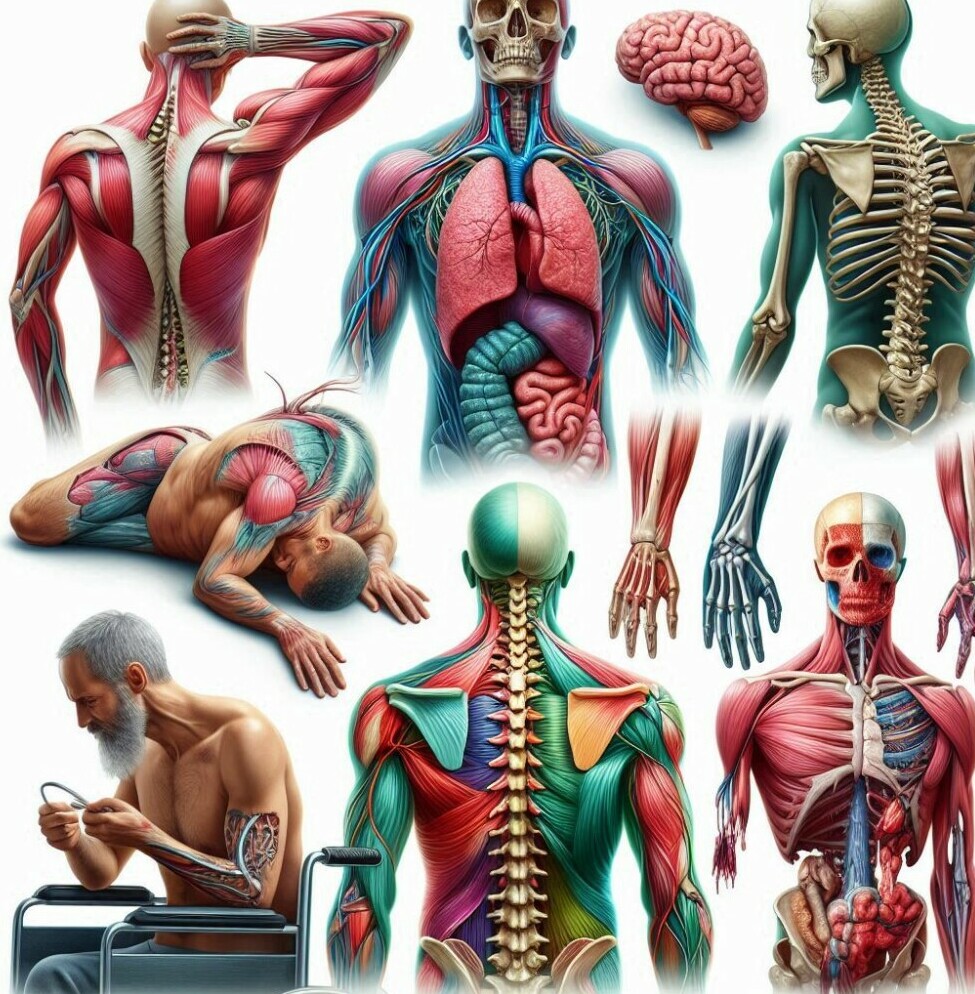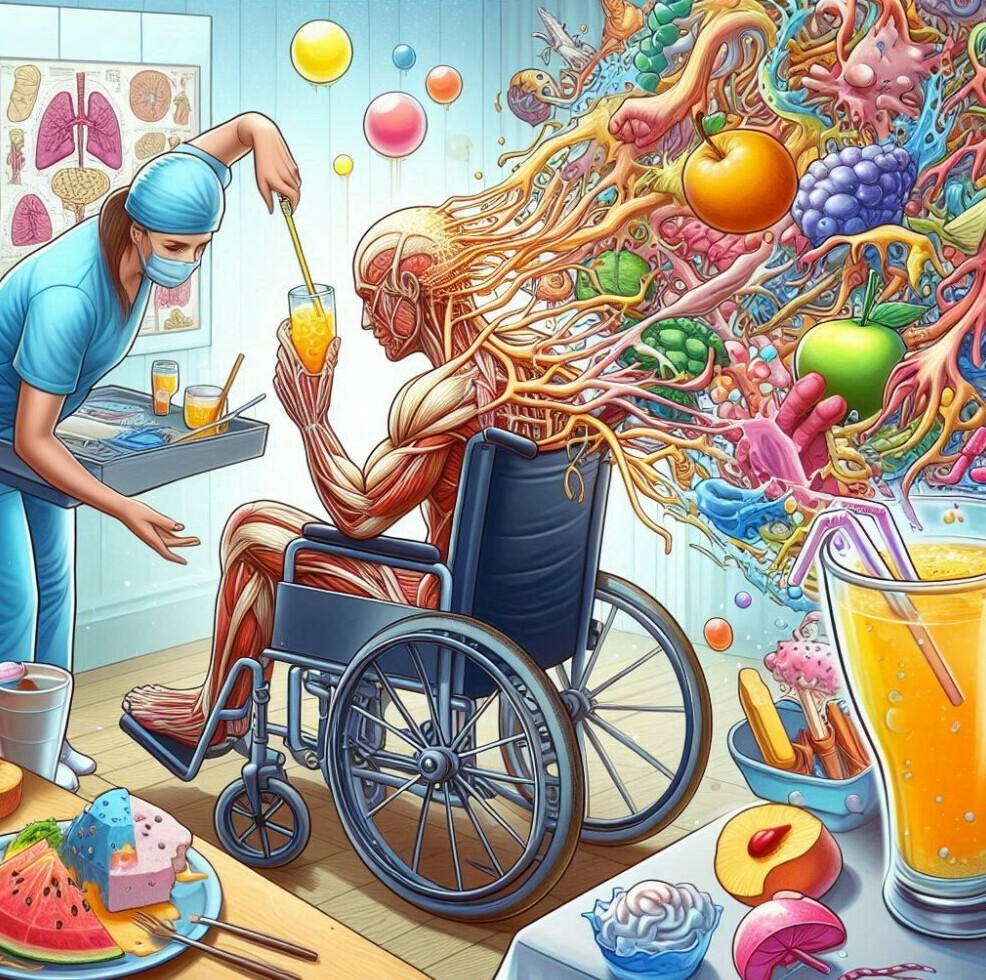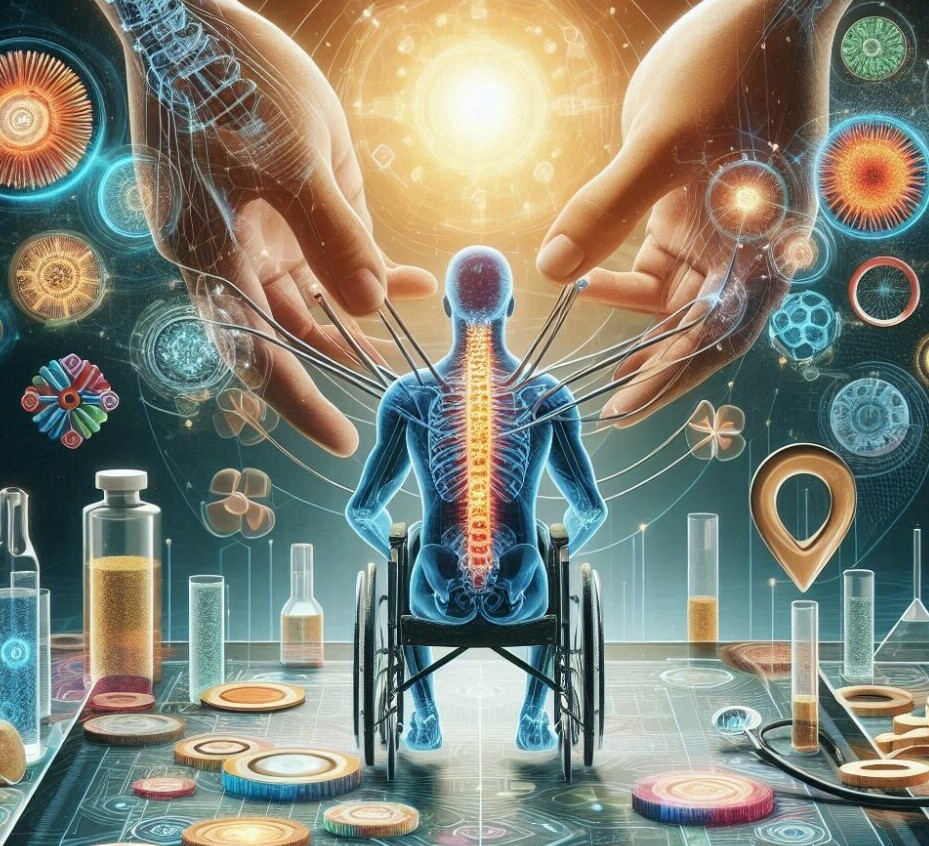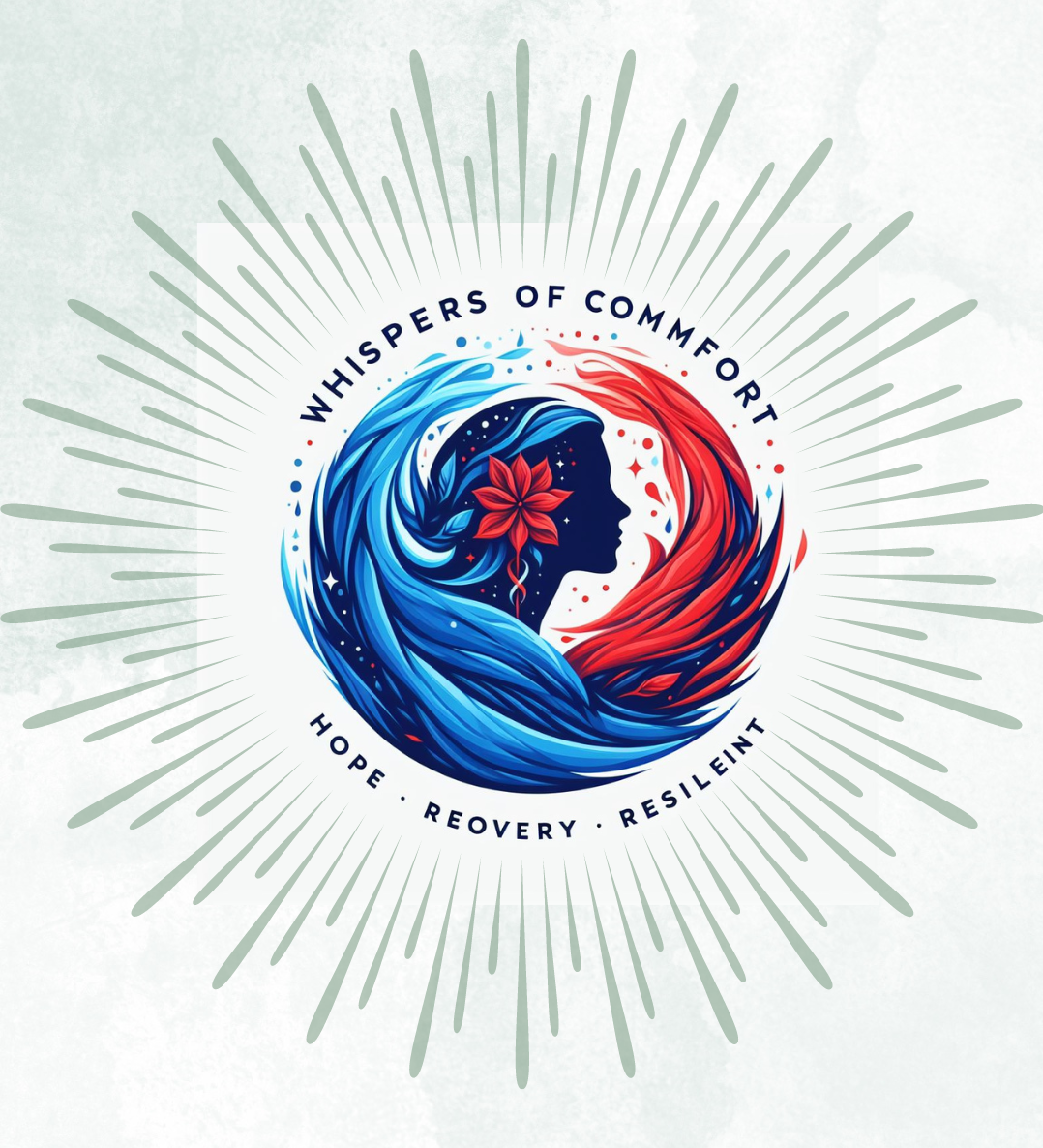
Spinal injuries can drastically alter a person’s life, impacting everything from mobility to basic bodily functions.
Imagine your body as a complex communication network, with the spinal cord as the central cable – connecting the brain to the rest of your body. A spinal injury is essentially a disruption in this network, and its effects can be life-altering. This isn’t just about loss of movement, it’s also about the potential impact on bodily functions, sensation, and even independence.
Starting with the spine’s anatomy, picture this: it’s made up of vertebrae, discs, and nerves, encased in a bony column that protects the delicate spinal cord nestled within. Your brain sends and receives messages through this intricate pathway. So, when a spinal injury occurs, the consequences depend on which ‘communication lines’ are affected and how severely.
There are different ways to categorize spinal injuries, but the most fundamental classification is between ‘complete’ and ‘incomplete’. With complete injuries, signals from the brain can’t get through at all below the injury site, leading to total loss of function. Incomplete injuries, however, may allow some messages to pass, which can mean retaining some sensation or movement.
You’re going to find out about how widespread these injuries are. The stark reality is that spinal injuries do not discriminate; they can happen to anyone. However, some groups are more susceptible due to factors like occupation, age, or lifestyle. Knowing this underlines the importance of measures like injury prevention education and regulatory policies.
Lastly, this all points to the significance of swift and accurate diagnosis after a spinal injury. It’s crucial because the sooner a treatment plan is in place, the better the potential outcomes. You can always adjust your approach down the road, but early intervention sets the foundation for everything that follows.
The Spectrum of Spinal Cord Injuries
When you think about spinal cord injuries, you might only picture the most severe cases. But there’s actually a wide spectrum of these injuries, each with its own set of challenges and outcomes. In this section, you’re going to find out about the different types of spinal cord injuries and how they can affect the body differently.
Let’s start with the basics. There are two main categories: complete and incomplete. A complete spinal cord injury means there’s no sensory or motor function below the level of injury. Think of it as a total disconnection. Now, with an incomplete injury, some nerve signals are still getting through. So, you’ve got varying degrees of sensation or movement below the injury. It’s not an all-or-nothing situation.
Now what about the terms you might have heard, like paraplegia and quadriplegia? Simply put, paraplegia affects both legs and possibly some of the lower body, while quadriplegia affects all limbs. But what’s crucial to understand is that the level of spinal cord damage dictates the severity.
If we delve into the effects on motor and sensory functions, you’ll see that they can range from loss of limb functions to issues with bowel and bladder control. And then there are other symptoms, such as pain or numbness, which can be quite debilitating for some.
But it doesn’t end there, injuries can bring about secondary conditions too. I’m talking about things like autonomic dysreflexia, where your blood pressure can skyrocket dangerously due to an irritant below the level of injury. And while spinal shock might sound like a psychological term, it actually refers to a temporary loss of reflexes following an injury.
Understanding all this sets the stage for understanding the type of immediate care and long-term support needed, which is what we’ll cover in the next section. Remember, the initial response and ongoing rehabilitation can make a world of difference in recovery.

After the initial treatment of a spinal injury, you’re facing a journey through recovery and adaptation. Rehabilitation plays a critical role, and it’s tailored to help regain as much function as possible. Here’s what rehabilitation typically involves: a dedicated team of healthcare professionals, like physical therapists, occupational therapists, and psychologists, work together to improve your mobility, strength, and independence.
The road to recovery often isn’t easy. I’ve seen that it involves not just physical training but also learning new ways to accomplish daily tasks. You may be introduced to assistive devices, be offered vocational training, and explore modifications to your home environment. Your unique recovery plan will depend heavily on the type and severity of your spinal injury.
Support systems become incredibly important during this time. These range from formal networks, including specialized care facilities and outpatient services, to informal networks such as family, friends, and spinal injury support groups. Online forums and national organizations can also provide information, advocacy, and a sense of community.
Yet, recovery from a spinal injury often extends beyond just physical healing. There’s a significant psychological component to consider. Counseling and peer support groups can help manage the emotional and mental health challenges that frequently accompany spinal injuries. It’s a multidimensional effort aimed at improving your overall well-being.
I want to emphasize the ongoing nature of support. As you move out of the initial rehabilitation phase, community programs and continued therapy can play a part in maintaining improvements and enhancing quality of life. Remember, every step forward, no matter how small, is progress on this painstaking but potentially rewarding path.
Living with Chronic Spinal Cord Injury: Management and Adaptation

When a spinal cord injury shifts from an acute state to a long-term reality, you’re entering the world of chronic spinal cord injury. This isn’t just about enduring the injury; it’s about navigating a landscape that’s constantly changing with your body, your capabilities, and the technology designed to support you.
Dealing with chronic spinal cord injury means being vigilant about managing persistent symptoms. This includes meticulous care to prevent pressure sores, attentive monitoring for signs of infection, and staying on top of pain management. You can always adjust your approach down the road as you become more attuned to your body’s signals and needs.
But it’s not all about the physical challenges; there’s a significant mental component as well. The psychological impact of living with a chronic condition like this can be profound. Maintaining your emotional well-being is critical. Connect with support groups, engage in activities that you enjoy and find fulfilling, and don’t hesitate to seek professional help if you’re struggling emotionally.
Technological advances offer a beacon of hope, providing innovative ways to assist with mobility, communication, and everyday tasks. These range from computer interfaces controlled by minute head movements to entire exoskeleton systems that allow for standing and walking. These technologies are continuously improving, giving you more independence and enhancing your quality of life.
By educating yourself about your condition, advocating for better services and support, and taking advantage of the resources available, you can maximize your autonomy and participation in life. Choose something that resonates with you, whether it be a new hobby, volunteer work, or a form of exercise that’s adaptable to your abilities.
As we look toward the future, the horizon is dotted with promising therapies and breakthroughs. Let’s explore what advancements in treatment could mean for those living with chronic spinal injuries in the next section.
Paving the Way for a Brighter Future: Innovations in Spinal Injury Therapy

I’m going to bring our discussion to a close by exploring the hopeful horizons in spinal injury therapy. The battle against spinal injuries has long been arduous, but today, I’m here to tell you about the incredible advances that herald promise for those affected.
So what’s sparking excitement? Firstly, there is groundbreaking work in the field of neuroregeneration. Researchers are deep into studying how to coax nerves in the spinal cord to regenerate and, guess what? They are making progress. This includes exploring the potential of certain proteins and enzymes that may encourage nerve repair.
Your next question might be about stem cells. These powerful cells have the potential to transform into the specific types of cells needed to repair the spinal cord. This isn’t just about potential; clinical trials are underway to test the safety and efficacy of such treatments.
You’re going to find out about the integration of technology and biology, too. Think robotic exoskeletons and computer-brain interfaces that can offer improved mobility and autonomy to individuals with spinal cord injuries.
Now, it’s key to remember that these treatments are still in the developmental stages. There’s a lot of opportunity in this field, and with that comes the need for careful consideration of ethical implications and accessibility for all who are in need.
In my opinion, maintaining enthusiasm and financial support for this research is critical. It’s through dedication and innovation that the future of spinal injury therapy looks not only hopeful but also vibrant.
That’s the strategy I like to leverage: staying informed, advocating for research, and fostering hope. In the meantime, support systems continue to play an indispensable role in nurturing the lives of those with spinal injuries.
I hope that this glimpse into what lies ahead has left you feeling informed and optimistic. The journey from injury to recovery is deeply personal, and new therapies on the horizon shine a light on the path forward.
Advances in medical technology and rehabilitation techniques continue to improve outcomes for individuals with spinal injuries, offering hope for better recovery and enhanced functionality. Awareness and education about spinal injuries are essential in fostering a supportive environment for those affected, enabling them to lead fulfilling lives despite their challenges.
Kindly leave your comments and experiences below.
Simplified. Turn your passion, hobby, or interest into your success story! Join Wealthy Affiliate today: https://www.
Follow me on social media!

this article provides a comprehensive overview of spinal injuries, but I have a few questions. How do individuals typically adapt their daily routines post-injury, and what kind of support systems are most effective during rehabilitation? I’m curious about the role of technology, too.
ps: this article is very good to read because of the images, very well done Makinde
Hi Oxteumessia,
I appreciate your comment and feedback. As a former spinal cord accident patient, this deeply resonates with me.
To answer your questions:
. Adapting Daily Routines: Individuals often adapt by using assistive devices, modifying their homes for accessibility, and developing new skills for daily task. Though this could take some time getting used to.
. Effective Support Systems: Comprehensive rehabilitation programs, including physical therapy, occupational therapy, and emotional support from family and peer groups are crucial.
. Role of Technology: Advanced technology capabilities like exoskeletons, adaptive software, and home automation systems play a significant role in improving independence and quality of life post-injury.
I’m glad you found the article informative and helpful.
Thank you for your kind words on the article, and the pictures as well.
All the best,
Makinde
As a long-term sufferer of extreme back pain, I fully empathize with your subject matter. I am one of the lucky ones. Just before I had my third operation, my surgeon took great care to explain that I could spend the rest of my life in a wheelchair. That was thirty years ago, and you touch upon the mental effect that such information can bring about. I found that positive thinking throughout my recovery was my biggest asset. With the new advances in medicine that you expertly describe, do you think that there is still room for positive thinking as a means to boost recovery?
Hello Pickwick Publishing,
Firstly, I’m sorry about what you went through. I appreciate your contribution to the article and sharing your experience.
Your experience and what you wrote resonate well with me, as someone who had a severed spinal cord injury and spent a very long time in the hospital and rehabilitation home.
Just like you rightly noted in your experience, positivity and positive thing thinking were amongst the only things that kept me going and I hung onto. Positive thinking, just as in your case, played a significant role in my recovery.
Despite the impressive advancement in medicine, as with almost everything in life, the power of the mind remains a crucial component in healing: the urge to get well, get back on ones feet and live!
In my humble opinion, from your experience and mine, integrating positivity with modern treatments can enhance recovery and overall well-being.
Thanks for your insightful comment.
All the best,
– Makinde